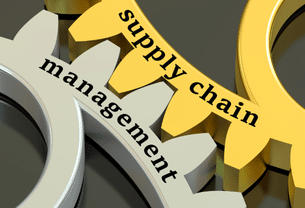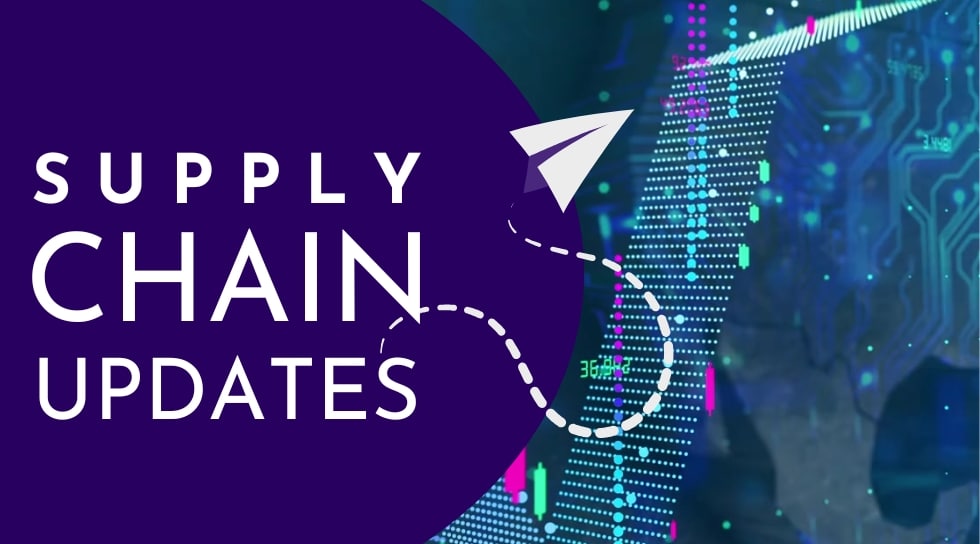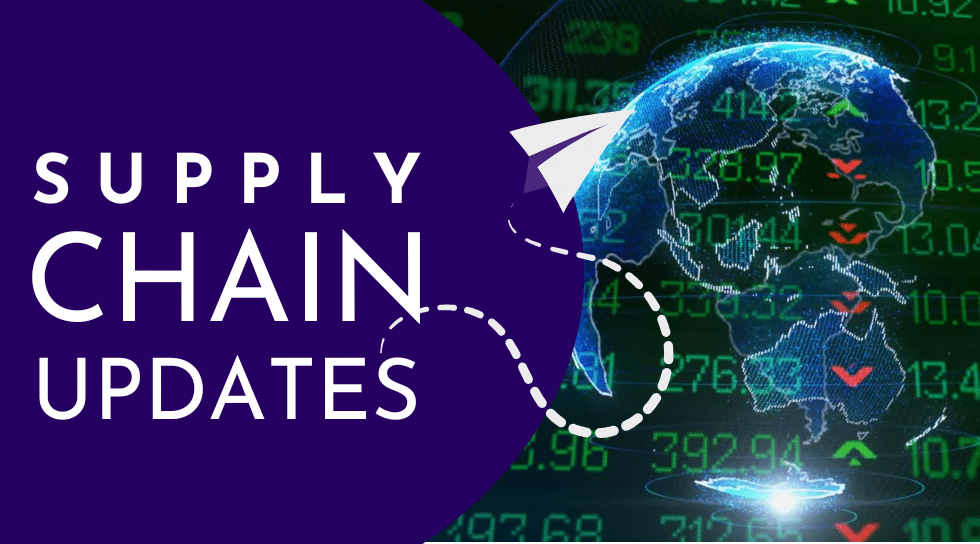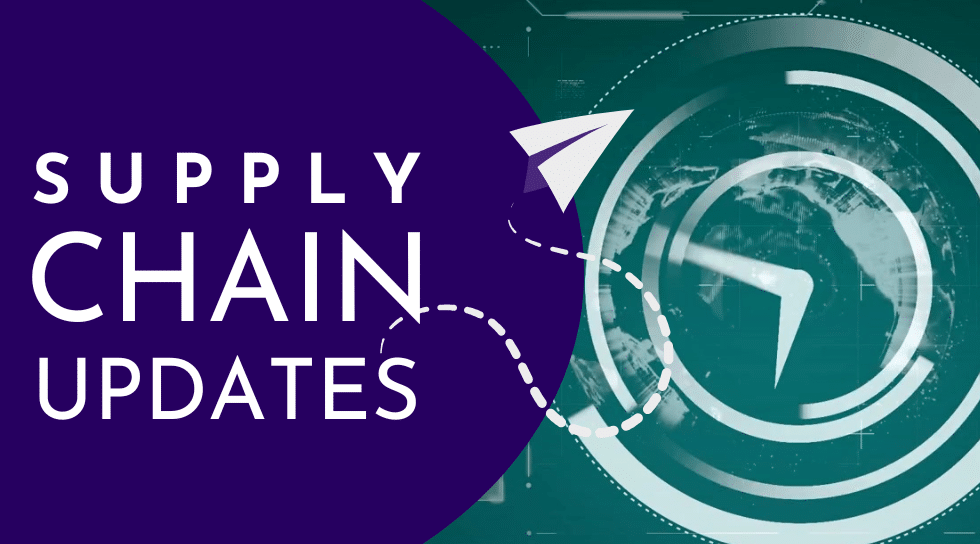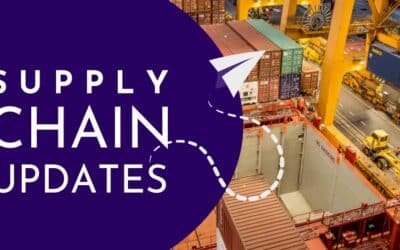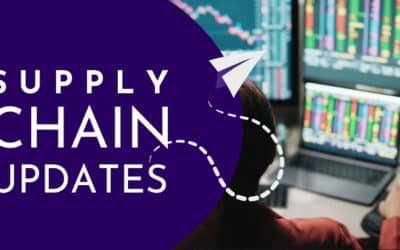The global trade landscape continues to shift, with significant new tariff measures taking effect that may impact supply chains across industries.
Upcoming Key Dates:
- October 14: Pending a Supreme Court hearing, the IEEPA reciprocal and fentanyl tariff collection may end, and new Section 301 vessel fees on Chinese-owned and Chinese-built vessels will take effect at $120 per container, increasing annually through 2028.
- Early November: Expected 232 actions on lumber, pharmaceuticals, and semiconductors.
- November 29: Section 301 exclusions expire.
- IEEPA Tariffs on India (Russian Oil): A 25% duty rate will apply to all non-exempted goods from India.
- End of De Minimis Exemption: Duty-free treatment under the de minimis rule no longer applies to shipments entering the U.S., including those sent via international mail.
- Section 232 Steel & Aluminum: Tariffs on steel increased to 50% (from 25%). Non-steel content in derivative goods is now subject to reciprocal IEEPA tariffs.
Here’s How Imperative Logistics Can Support You:
- Tariff Resilience Planning: We help you analyze documentation to ensure accurate tariff allocation between Section 232 and IEEPA, minimizing misclassification risk.
- Regulatory Monitoring: Our compliance team tracks U.S. Customs & Border Protection (CBP) notices and court rulings in real time to keep you informed of changes before they impact your shipments.
- Customs Advisory & Documentation Support: Our team offers up-to-date compliance screenings, harmonized codes reviews, and proactive documentation checks to ease entry processes.
- Real-Time Visibility & Risk Monitoring: Track shipments across modes and receive alerts about tariff-sensitive goods or customs delays, enabling agile supply chain decisions.
View the latest Tariff Information:

A federal appeals court has questioned the legality of Trump-era IEEPA tariffs, though enforcement continues while the appeals process unfolds.
This highlights the importance of staying current on regulatory developments. We’ll keep you updated as changes unfold.
A recent court ruling on tariffs has prompted investors to anticipate possible near-term Federal Reserve interest rate cuts.
This could mean lower financing costs and more flexibility with trade credit, creating a potential silver lining in an otherwise uncertain tariff environment.

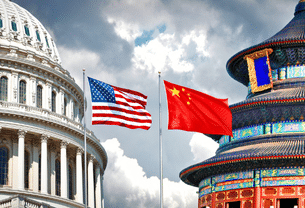
Even with ongoing trade tensions, the U.S. and China remain closely linked in critical technologies.
It’s important to monitor how these global connections might affect the timing and availability of key components in your supply chain.
India and Japan have launched a new ESG-focused initiative to make supply chains in key sectors more resilient and sustainable.
Businesses should pay attention to this framework, as it could influence sourcing practices, compliance requirements, and long-term supply chain planning.
